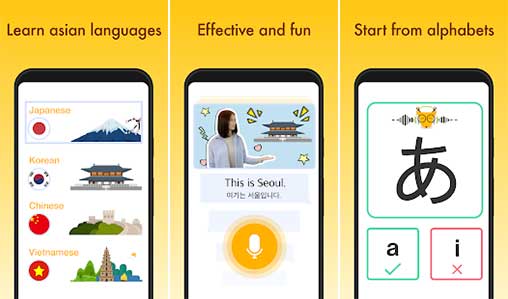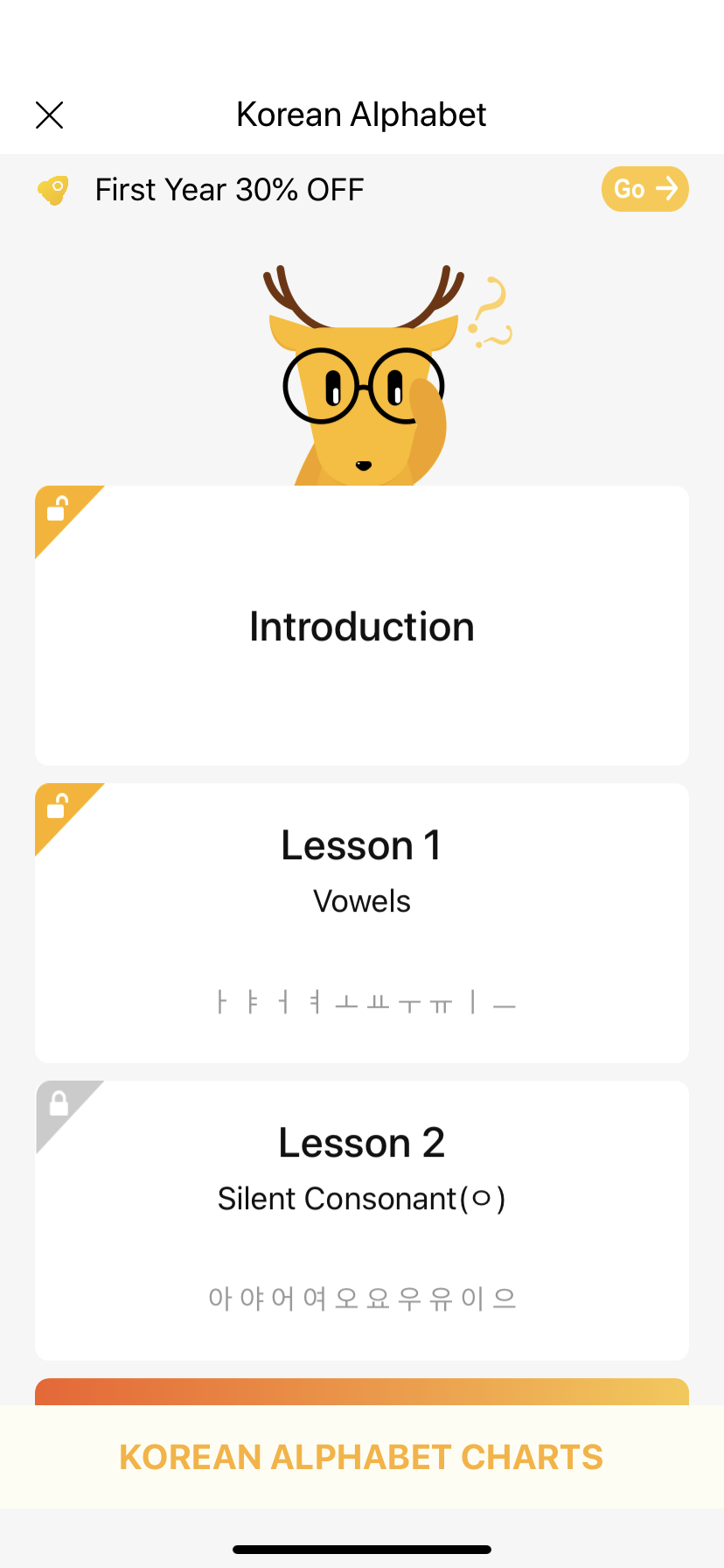
It is more commonly used in daily conversations. Starting from the unit "Polite Form", we will learn about the Informal Polite suffix: 아요/어요/여요 (ayo/eoyo/yeoyo). The conjugation of the Formal Polite suffix is relevantly easy, which is great for beginners to get familiar with the infinitive form of verbs and adjectives in Korean. You can hear this suffix on many formal occasions, such as in news programs, companies or politics. We will start with the Formal Polite suffix: ㅂ니다/습니다 (bnida/seubnida). In LingoDeer's Korean 1 course, you will learn two forms of polite suffixes: ㅂ니다/습니다 (bnida/seubnida) and 아요/어요/여요 (ayo/eoyo/yeoyo).

The politeness of a sentence is usually indicated by the suffix of the sentence-ending verb. In Korea, the speech level Polite Form is required on many occasions.

Solution home Frequently Asked Questions Learning with LingoDeer Learning Korean: why does LingoDeer teach ㅂ니다/습니다 first?


 0 kommentar(er)
0 kommentar(er)
